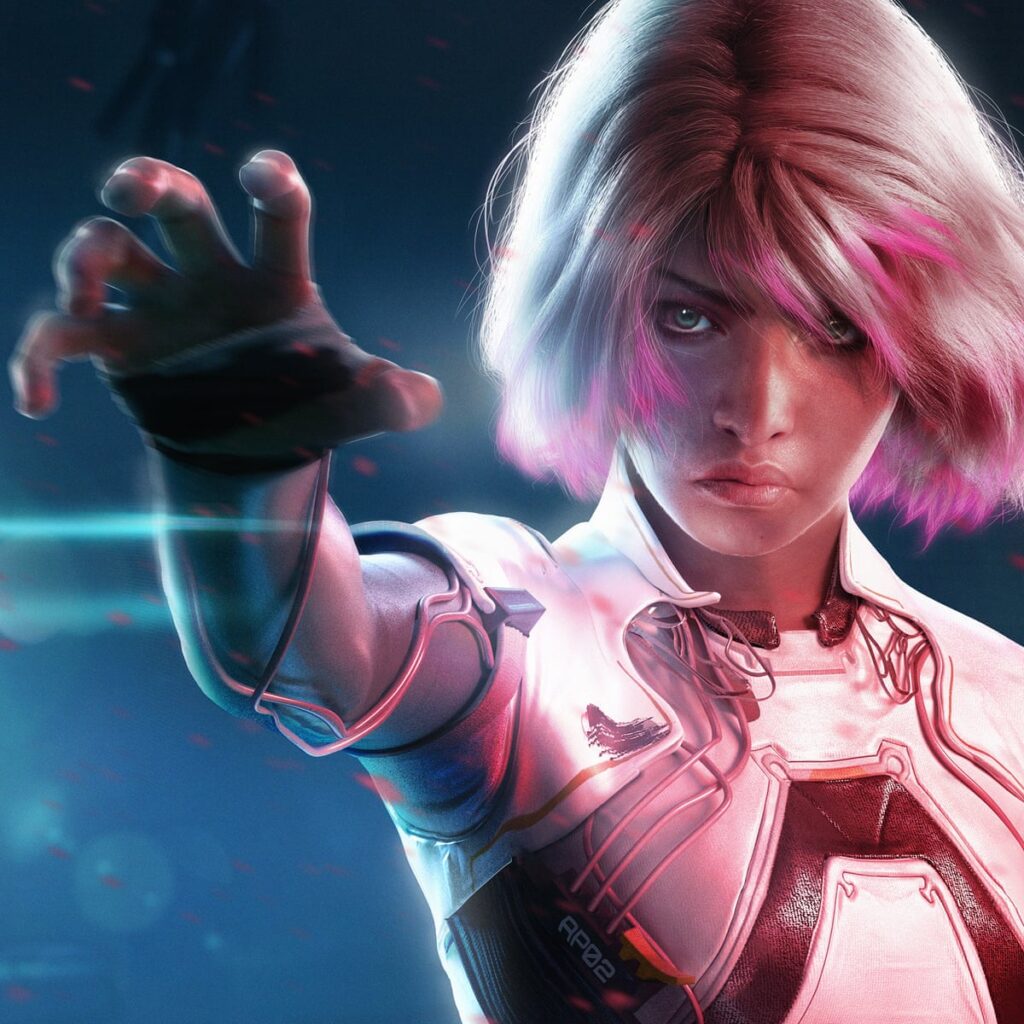Video game development involves a collaborative effort between designers, programmers, and artists to create an immersive gaming experience. The process begins with concept art, which is refined into a visual design to create a blueprint for in-game assets. The 3D models are then created using software, and attention to detail is necessary to make them look realistic and interact with the game’s physics engine. Animation involves creating movements for characters, objects, and environments in the game. Lighting and texturing create the desired atmosphere and mood, and sound design immerses players within the game world. Finally, programming brings everything together to create a seamless and high-quality experience for players.
Behind the Scenes of Game Development: The Art and Animation Techniques Used in Modern Games
The making of video games requires a collaborative effort between a team of designers, programmers, and artists working together to create a seamless and immersive gaming experience for players. In this article, we’ll explore the art and animation techniques used in modern game development to bring virtual worlds to life.
Concept Art and Design
Before any coding or animation begins, a game’s concept must be developed into a visual design. Concept art is where artists can unleash their creativity and begin to bring the game’s world to life.
The concept art process involves sketching designs for characters, environments, and objects. These sketches are then refined to create a final design that can be used as a blueprint for creating the actual in-game assets. The more detailed the concept art, the better the final product will be.
Modeling
Once the concept art has been finalized, the next step is to create the 3D models for the game’s assets. This involves using 3D modeling software such as Maya, Blender or 3ds Max to create objects, characters and environments that will exist within the game.
The modeling process requires attention to detail in order to create objects that look realistic and interact with the game’s physics engine. This includes creating textures and materials that replicate real-world objects as accurately as possible.
Animation
After the 3D models have been created, the animation process begins. This process involves creating movements for the characters, objects, and environments within the game.
Animation can range from simple movements, such as a character walking, to complex fight scenes or massive explosions. The animation process requires a lot of work and attention to detail as the animation must be timed with the game’s physics engine in order for everything to look and feel natural.
Texturing and Lighting
After the modeling and animation process is complete, the world of the game must be textured and lit. This requires attention to detail as textures must be created for every object in the game, and lighting must be precise to create the right atmosphere and mood.
Texturing involves applying the colors, patterns and materials created during the modeling process to the game’s objects. The lighting process involves placing light sources strategically to create the desired effect, such as shadows and reflections.
Sound Design
Once the visual elements of the game are complete, it’s time to focus on the sound design. Sound design in video games is just as important as the visuals, as it helps to immerse players within the game world.
Sound design can include everything from music to sound effects for objects and characters within the game. To create the right atmosphere, sound must be timed with the action on the screen to create a seamless experience for the player.
Programming
Finally, everything must be brought together through programming. Programming involves writing the code that controls the game’s physics, graphics, sound and interactions.
Programming requires attention to detail and a deep understanding of the game’s mechanics in order for everything to work smoothly. The code must also be optimized so that the game runs smoothly on various platforms and devices.
Conclusion
Creating a video game is a complex process that requires a variety of techniques and skills. Developing a game involves multiple disciplines working together to create a seamless and immersive experience for players. From concept art and design to programming the final product, video game development is a collaborative effort that requires attention to detail and an unwavering focus on creating a high-quality experience.
